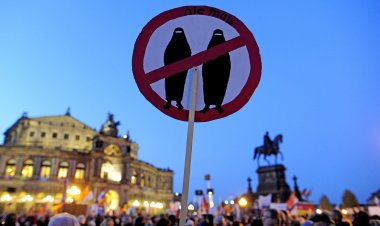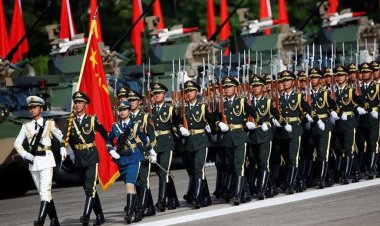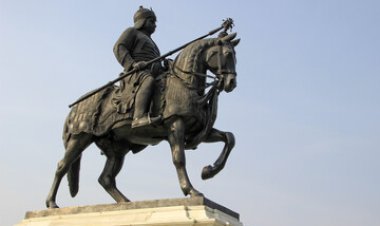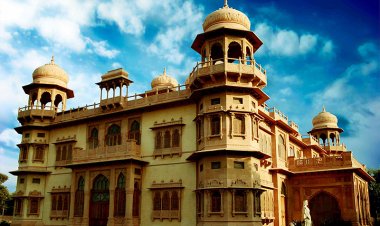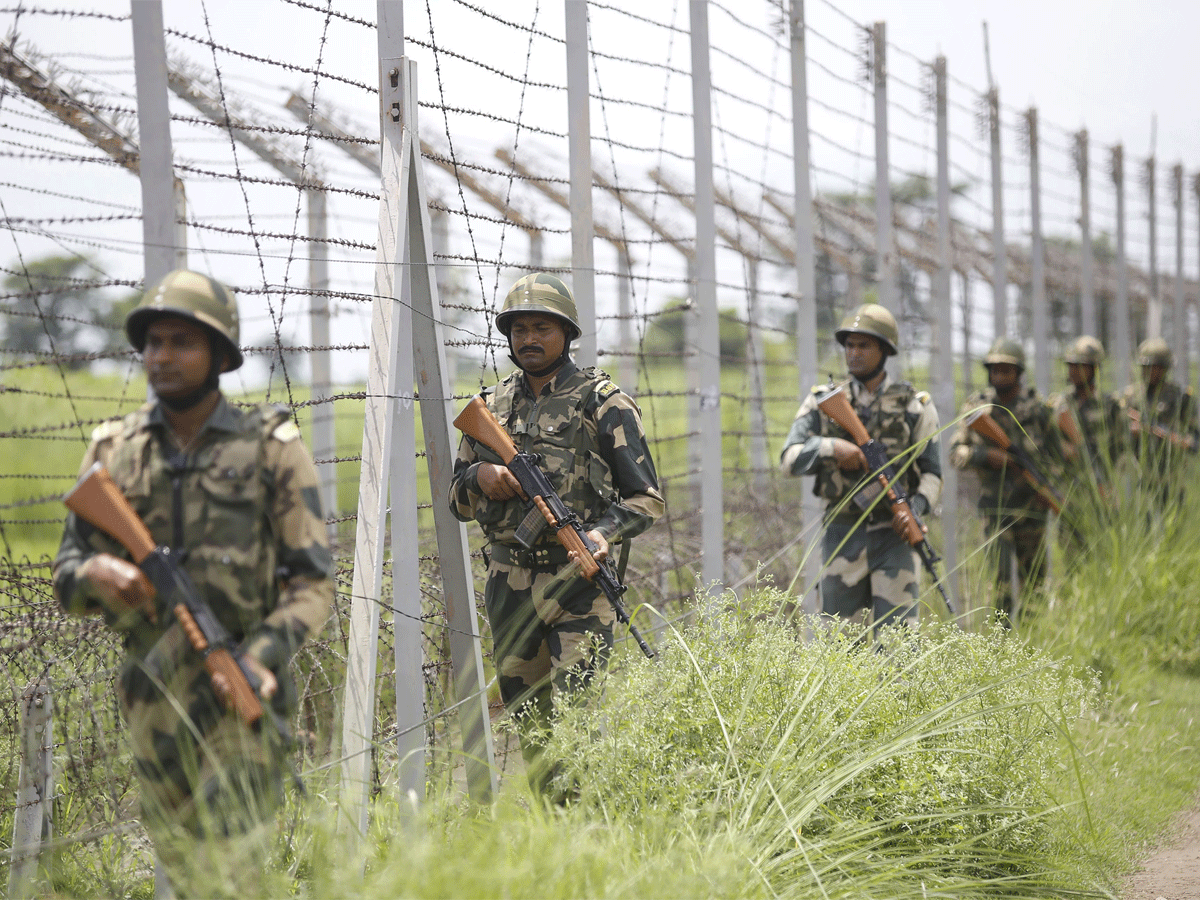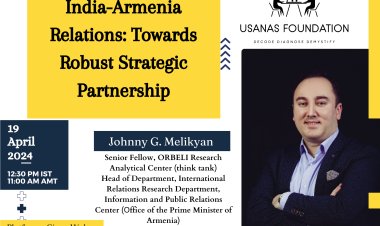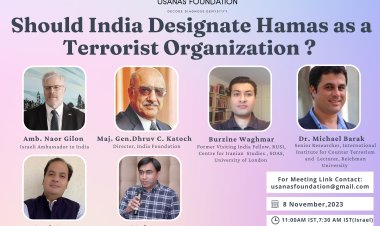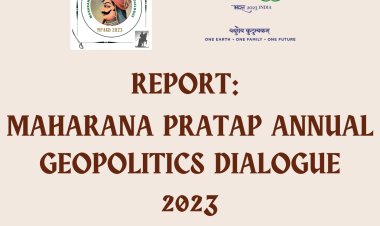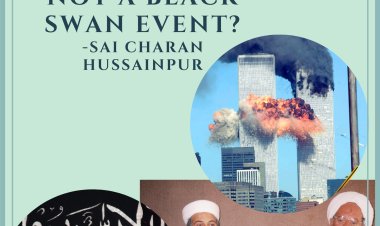A Moderate and Sufi Islam is the Only Way of Living for Muslims in Multicultural and Democratic Societies
In spite of the common reverence of both Hindus and Muslims at the Ajmer shrine and the innumerable stories of various communities finding common causes in India and living in perfect coexistence, the question remains- Why is it that this unity fall prey to Muslim extremism, or Wahhabism which poses the gravest threat to the unified communal fabric of this multicultural country.
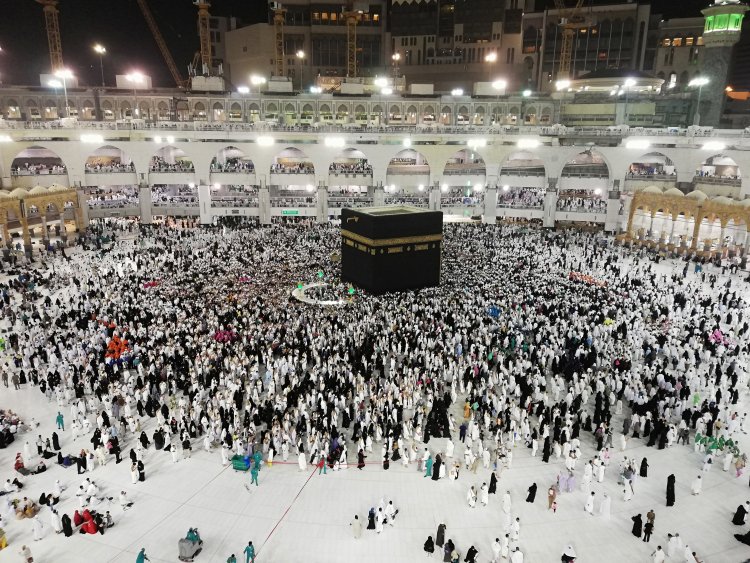
Analysis
By Dr Shujaat Ali Qadri
India is a land of Sufis and saints. Hindus and Muslims live in harmony here. In fact, Hindus in India revere Sufi saints with as much devotion as Muslims do. One just needs to visit the shrine of Khwaja Moinuddin Chishti in Ajmer to witness how Hindus and Muslims throng in equal numbers to pay obeisance at the threshold of the grave of the 12th and 13th-century mystic master. Sikhs, Christians, and Buddhists also come to ask favors from Ghareeb Nawaz (colloquial name of Chishti that depicts him as a benefactor of the poor). Besides common reverence at the Ajmer shrine, we can find innumerable stories of various communities finding common causes in India and living in perfect coexistence. However, the question is- why does this unity fall prey to Muslim extremism, or better called Wahhabism?
Wahhabism, which originally emanated from Nejd (a part of modern-day Saudi Arabia), poses the gravest threat to the unified communal fabric of this multicultural country. Wahhabism is found as much in Riyadh as it is prevalent in Islamabad, Doha, Kuala Lumpur, Jakarta, Istanbul, Washington and even in Delhi.
Maximum books on Islam have been written in India. In the last 100 years, the Sufi branch of Sunni Muslims has produced lakhs of books that have given rise to a school of thought known as Sunna tul Wal Jamaat or simply Sufism. Even in mainstream discourses in media and academics, this school of thought is called the 'moderate Islam'.
Early signs of Wahabism appeared around the 1820s. However, after the failed 1857 uprising against British rule, the Wahabis continued their Jihad against the British in Northwest Frontier Province. When the colonial European powers failed to dismember the 700-year-old Ottoman Empire in Turkey and beyond, they roped in one of the prominent desert tribal militia headed by the Al Saud family to take on the Turkish rulers. However, Al Sauds were afraid of a revolt of local tribes against them if they fought against the Ottoman forces. To tide over this dilemma, the British advised Al Sauds to put the ideology of then-famous cleric Abdul Wahab into popular utility. Al Sauds established seminaries (earlier day madrasas) to circulate Wahhab's ideas that emphasize the literal and extremist explanation of Islam so that locals may join them against Ottomans, who were then considered 'soft, moderate or Sufis and thus, according to Wahhab, heretics deserve to be ousted from power. When Indians, some of them, clerics went for Haj, they came into contact with such seminaries and returned home indoctrinated in Wahhabi ideas or Wahhabism.
Al Sauds kept fighting the Ottomans for years. During the First World War, Ottoman Empire failed to withstand constant French, British, and attacks through local tribes like Al Sauds. As a result, it collapsed. In India, the moderate Muslims under the leadership of Maulana Mohammed Ali Jauhar and Maulana Shaukat Ali launched a campaign historically known as the Khilafat Movement to restore the Ottoman Caliphate or Empire. This movement was so significant that even Mahatma Gandhi joined and led it from the front. Often, the word Khilafat is construed as opposition in popular parlance, but it’s a misnomer. Khilafat means caliphate or the rule of a caliph.
The first fatwa (an authoritative legal opinion of an Islamic jurist) against Wahhabism in the world came from Bareilly. Indian perhaps read the danger of this extremist ideology quite early. Unfortunately, the Arabs fell for it. They were taught through Wahhabi seminaries that if they don't adhere to the discourse of Abdul Wahhab, they would wriggle out of the fold of Islam and be considered kafir or infidels. This marked the beginning of the fatwa politics of Wahhabism which continues to this day in its most sartorial form when assassinations of people are advocated through such fatwas. This has earned Islam the maximum infamy in recent times.
After quelling the First War of India’s Independence in 1857, the British realized that in order to rule India for a long time, they would have to devise two strategies. First, they would have to divide Hindus and Muslims along religious lines and second, they would have to nurture an ideology among Muslims that would work against the community itself.
Meanwhile, after the fall of the Ottoman Empire, the British and French gave Hejaz (where Mecca and Medina are), Nejd and Rub al-Khali to the Al Saud family. All these areas came to be known as Saudi Arabia. Prophet Muhammad loved the name Hejaz and hence no ruler yet far dared to tamper with the name of the place. Even the ruling system in this place would run as per the opinions of Muslims across the world. Mecca was called 'the city of Allah' and Medina as 'the city of Muhammad'. Since Haj is one out of the five essential duties of a Muslim, there would be a uniform law in both cities, Mecca and Medina. But, Al Sauds showed their looting tendency and turned the Haj into a profitable business for their family. Every year, they make the pilgrimage 20% more costly. The Haj Committee of India too, endorses this unreasonable increase, as most of the office-bearers of the committee are Wahhabis.
Besides usurping the monetary benefits from the Haj pilgrimage, the ruling Al Saud family has destroyed and demolished relics of the early Islamic period. All these relics had a great archeo-historical and religious value. According to Syed Wahid Hussain Chishti, a member of the Ajmer Shrine Committee, the Saudi regime has flattened the Prophet's house in Medina, his wife Khadija's, his companion and first caliph Abu Bakr's house as well as several graves of the members of Prophet's family and his companions. Muslims all over the world protested against this cultural massacre, but the Saudi family remained adamant and didn’t blink even once.
Even though in recent years, especially after the arrival of the Narendra Modi government, the scourge of terrorism has withered to a large extent in India. However, the presence of Wahhabism-inspired militants in Kashmir and reports of Indians from Maharashtra, Kerala and one from Karnataka, joining the Islamic State of Syria and Iraq, some years ago are reasons good enough that India needs to keep a vigil on the existence and spread of Wahhabism in India. Shockingly, even the literature that propounds Wahhabi views is easily available in Islamic markets in our country. This is despite the fact that the largest anti-Wahhabi movement (Khilafat movement) was led by clerics and nationalists in India, defying brute British Raj.
Interestingly, Wahhabis comprise a minuscule 10% of around 20 crore Muslims in India, in spite of the fact that the British germinated Wahhabi groups to foment division among Muslims after 1857 and kept such groups well nurtured till the day they left India. However, even today, some boys indoctrinated in Wahhabism are attracted to join the extremist groups, highlighting that the politicians and security agencies of our country are unaware of the working mechanism of Wahhabism.
The inefficiency and greed of the Indian officialdom have prevented taking on Wahhabism, in the process inflicting huge damage on India. In exchange for some quick money, Indian bureaucrats have handed over Muslim organizations like Sunni Wakf Board to Wahhabi Muslims. Through Wakf Board, these Wahhabis place their imams in mosques operated by the board which disseminates poison in the minds of the young. Similarly, the board runs several madrasas in the country that have also become breeding grounds of Wahhabism. Through their nexus with the government machinery, these Wahhabis also peddle their men as part of various government schemes run for Muslims and organisations like Haj Committees. Being part of the government-linked bodies provides a legal cover to the Wahhabi activists.
Woefully, successive governments have ignored 90 percent of Indian Muslims, who are moderate, Sufis, or Shias to run aforementioned institutions.
Today, the whole world has woken up to the menace of Wahhabism. It is being studied quite critically. Ramzan Kadyrov, Head of the Chechen Republic, is regarded as a leading campaigner against Wahhabism. Similarly, Al Azhar University, Cairo, the State of Kosovo, the Gulen movement of Turkey and moderate Muslims in countries like Bangladesh, Syria, Indonesia and Sri Lanka are waging war against Wahhabism in their own ways.
In India, an outfit called All India Tanzeem e Ulema e Islam is actively working on this issue. It has been organizing rallies, conferences, and other activities to make people aware of the menace of the militant and Wahhabi brand of Islam. Unfortunately, such organisations have failed to gain the attention of government officials. It is continuously awakening the government machinery against institutionalized Wahhabism and its dangers but has not found ample success. The founder president of All India Tanzeen e Ulema e Islam, Mufti Ashfaq Qadri sums up the pain of 90 percent of Indian moderate Muslims when he says, "Most of us moderate Muslims are considered dimly educated. But even then, we have shaoor (knowledge) about the dangers posed by Wahhabism to India. Why don't Indian politicians, officers and the government understand this.?"
The author of the paper, Dr. Shujaat Ali Qadri is the President of the Muslim Students Organization of India and can be reached at shujaatquadri@gmail.com
Disclaimer: This paper is the author's individual scholastic contribution and does not necessarily reflect the organisation's viewpoint.

